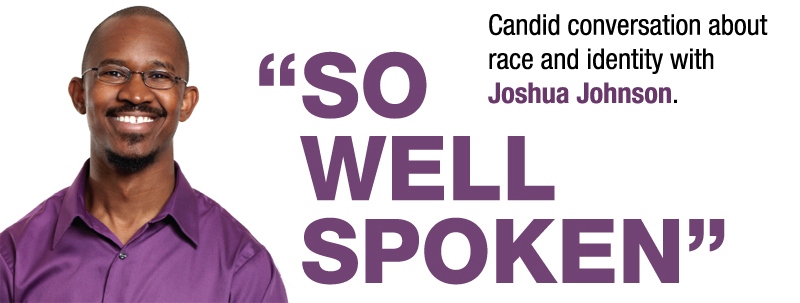He presented an abstracted yet alluring version of India without even a semblance of authenticity.Posted in Excerpts/Quotes on 2015-10-14 21:10Z by Steven |
The story of John Roland Redd a.k.a. Korla Pandit is unlike any I’ve encountered in popular culture. He presented an abstracted yet alluring version of India without even a semblance of authenticity. Korla represented the Far East as viewed through the eyes of the West. That speech comparing rubies to wisdom, for instance, comes not from anything in the Hindu religion but is a paraphrase of Proverbs 8:11 from the Old Testament. Even more obviously, the electric organ is not remotely Indian in nature. From what I can determine, the instrument was largely developed and popularized in the United States. However, the eerie and unearthly tones Pandit/Redd was able to conjure from it seemed to transport listeners to an exotic world of mystery, some indefinable place far away. That was the real magic behind what he did.
Joe Blevins, “The Greatest Pretender: Korla Pandit, music’s most magnificent fraud,” Dead 2 Rights: A Folksy Down-Home Blog, May 19, 2013. http://d2rights.blogspot.com/2013/05/the-greatest-pretender-korla-pandit.html.





